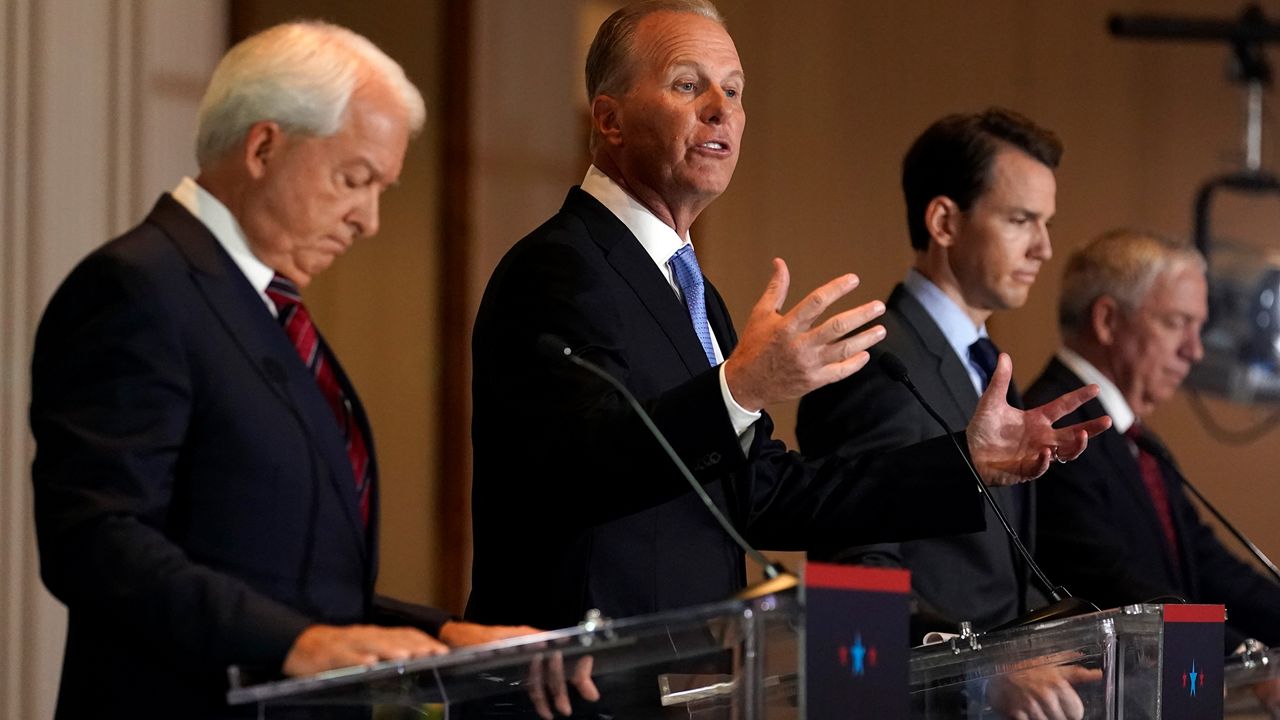Having lived through the cancellation of high school proms and graduation ceremonies and changed their college and work plans because of California’s pandemic-induced shutdown orders, the state’s youngest voters have been hugely affected by Gov. Gavin Newsom’s coronavirus response.
The question is whether they will be motivated to cast their ballots next month to keep the governor in office or replace him.
“A challenge with the recall election is that while it is viewed as a referendum, it is only a referendum by those who actually vote because there are so many challenges to making people aware,” said Carolyn DeWitt, president of the nonprofit youth voter advocacy organization, Rock the Vote.
Getting out the youth vote is a challenge in any election, but “a recall is not a common practice in our democracy,” Dewitt said. “Combine that with the fact that young voters are new voters and are going through this process for the first or second time, and there’s a lot of work to do to make sure young people understand the gravity of this election and also the process to participate.”
In California, about 500,000 young people turn 18 and become eligible to vote each year. While the state is considered a leader in voting rights, with online as well as automatic voter registration when individuals receive a driver’s license, and the ability to vote by mail or in-person, getting out the youth vote has historically been a challenge.
In the lead-up to last November’s election, the Tufts University Center for Information & Research on Civic Learning and Engagement, or CIRCLE, found that one-third of young people between the ages of 18 and 29 did not know if they could register to vote online in their state. Of those who answered yes or no, 25% were incorrect. Just 24% of youth had voted by mail.
“So many times young people turn 18, they become eligible, but they don’t know where to start,” DeWitt said.
For its part, Rock the Vote is reaching out to young voters by informing them about registration deadlines, absentee ballots and early voting availability. For the recall election, it is sending young Californians multiple email and text message notifications to inform them of the process and is also running a peer-to-peer texting campaign.
The youth voter turnout in last November’s election hit a historic high, with 50% voting, compared with 39% in 2016. Still, young people consistently turn out at lower rates than older voters. That gap widens for non-presidential elections, such as midterms and special elections, DeWitt said.
Young voters are less likely to identify with the established political parties and are more likely to register as independent. They are also driven to vote by multiple issues. Heading into last year’s election, the most important topics driving young people to vote were the environment, racism and affordable health care, CIRCLE found, with getting back to normal after the pandemic and police mistreatment also ranking highly.
In 2020, 61% of voters 18 to 29 years old cast their ballots for President Joe Biden compared with 37% for Donald Trump. The disparity was even greater among young Black voters, 87% of whom voted for Biden. A post-election poll from CIRCLE last December found that youth who voted for Biden are more engaged and more confident in their civic power than those who supported President Trump.
That could bode well for the youth vote in next month’s recall election in favor of Gov. Newsom, who aligns with President Biden on many issues. Young people who voted for Biden said they wanted his administration to prioritize COVID-19 vaccinations (80%), combating violence against people of color (82%) and leading the transition to renewable energy (78%).
The youngest generation to become voter eligible is “giving us a lot of hope,” DeWitt said of Generation Z, the oldest of whom are 24 years old. Gen Z youth of color surpassed youth voter turnout trends last year are expected to remain engaged in the electoral process.
“Young people are looking for leaders who are introducing bold visions and bold solutions to the challenges that the country is facing because they are very aware that if these are not dealt with that they as adults will have to resolve them and they will be at a much more critical point than they already are,” DeWitt said.



